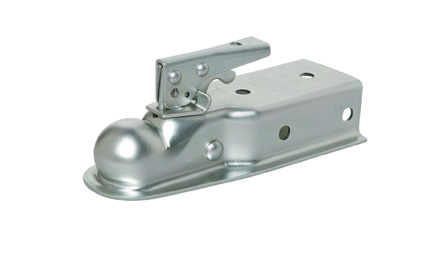roofing nails for asphalt shingles
Sep . 15, 2024 06:17
Understanding Roofing Nails for Asphalt Shingles
When it comes to roofing, particularly with asphalt shingles, the choice of nails is crucial for both the longevity and performance of the roof. Roofing nails are specifically designed to meet the unique requirements of asphalt shingle installation, ensuring protection against the elements and maintaining the aesthetic appeal of your home.
Types of Roofing Nails
There are several types of nails typically used for asphalt shingles, each with distinct characteristics. The most common are galvanized steel nails and stainless steel nails. Galvanized nails are coated with zinc to prevent rust and corrosion, making them suitable for most roofing situations. On the other hand, stainless steel nails offer superior corrosion resistance, making them ideal for coastal regions or areas prone to moisture.
Additionally, roofing nails come in various lengths, usually ranging from 1 inch to 2.5 inches. The length of the nail should match the thickness of the shingles and the underlayment to ensure proper penetration into the roof deck. Using nails that are too short may lead to poor holding power, while nails that are too long can penetrate too deeply, potentially damaging the underlying structure.
Nail Specifications
roofing nails for asphalt shingles

When selecting nails for asphalt shingles, it's essential to consider the specifications recommended by the manufacturer. Most asphalt shingle manufacturers specify the use of nails that have a minimum diameter of 11 gauge and a length that penetrates the deck by at least 3/4 inches. Furthermore, using a minimum of four nails per shingle is recommended to provide adequate holding power, especially in areas with high wind conditions.
Installation Tips
Proper installation of roofing nails is just as important as the nails themselves. Nails should be driven straight and flush with the shingle surface to avoid water infiltration. Overdriving can create a gap for moisture to enter, while underdriving can leave nails exposed to the elements. It's also crucial to stagger the nails in a consistent pattern to ensure uniform distribution and to prevent weakening of the shingle structure.
Conclusion
In conclusion, the choice of roofing nails for asphalt shingles is a vital aspect of roof installation. By selecting the appropriate materials, adhering to manufacturer specifications, and employing proper installation techniques, homeowners can ensure a durable, effective roofing system that withstands the test of time and nature. Properly installed roofing nails not only enhance the strength of the roof but also contribute to the overall integrity of the home, offering peace of mind for years to come.




















